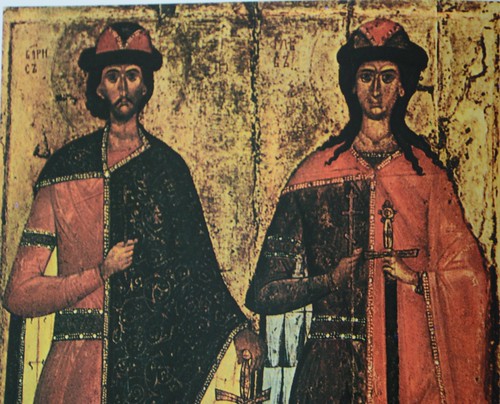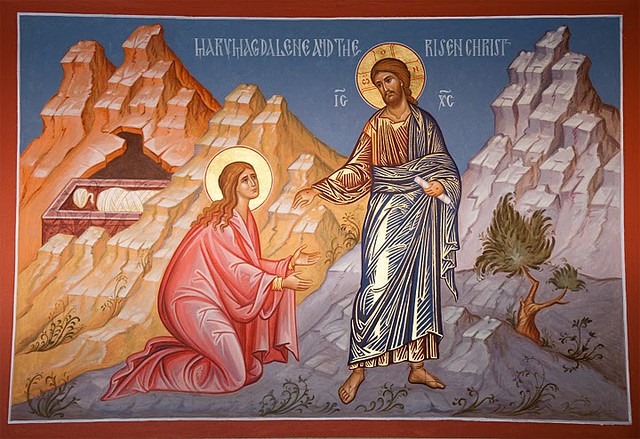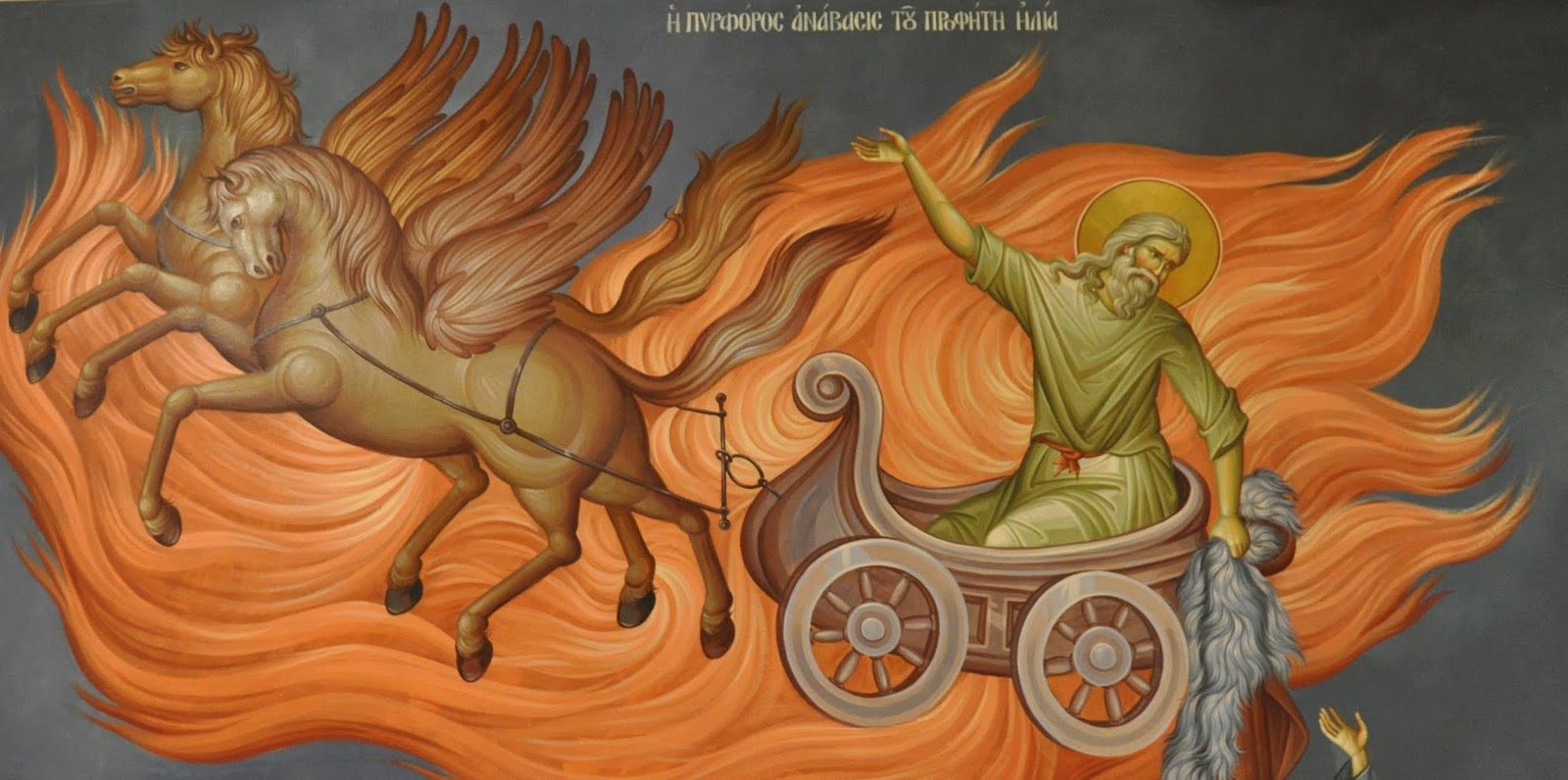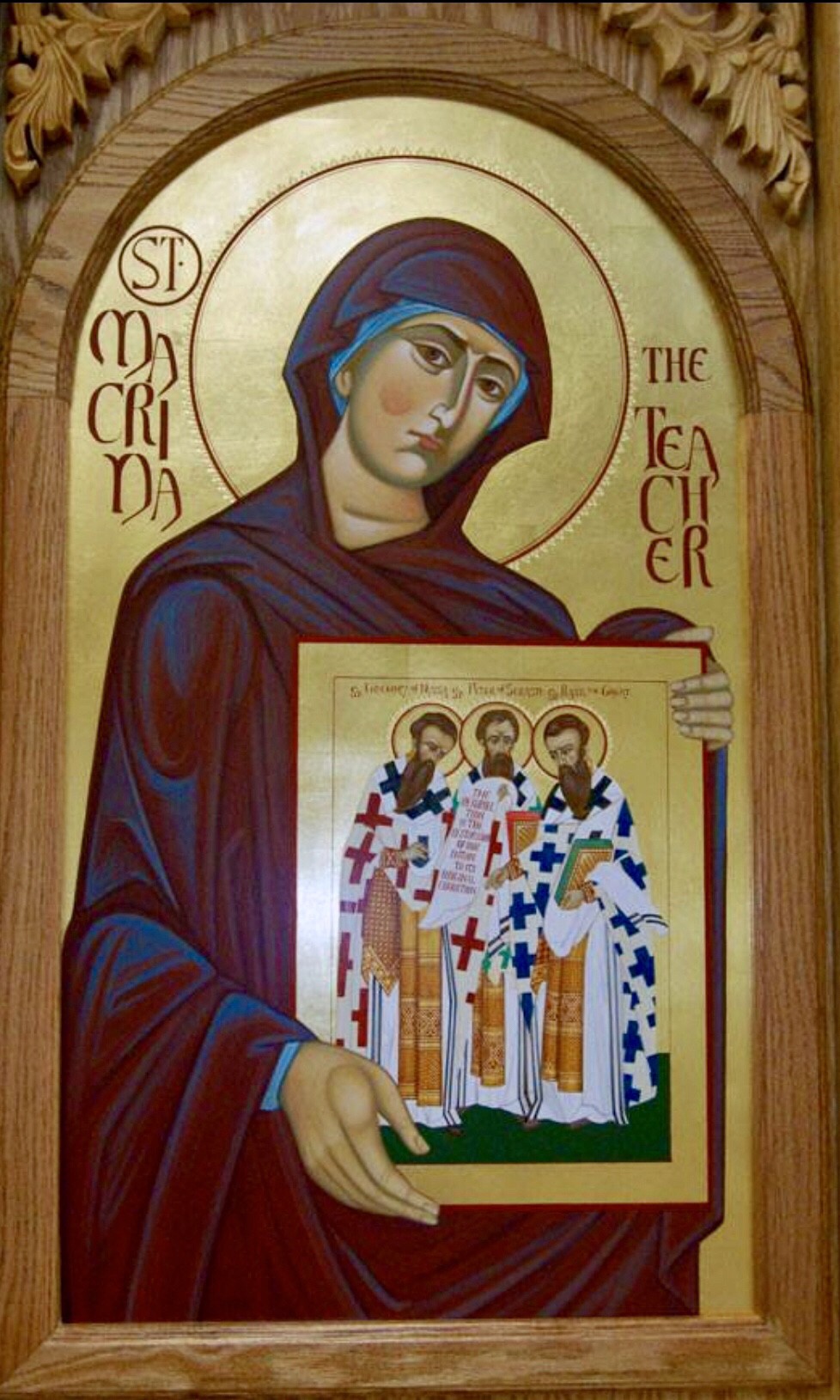 Today is the memorial of the holy protomartyrs of Kievan-Rus’, Boris and Gleb, known in baptism named Roman and David.
Today is the memorial of the holy protomartyrs of Kievan-Rus’, Boris and Gleb, known in baptism named Roman and David.
When the first Christian prince of the Kievan-Rus’ people, St Vladimir, died in 1015, his eldest son, Svyatopolk, attempted to consolidate his own position by eliminating his two half-brothers, Boris and Gleb. When Boris heard of his brother’s plans, he refused to defend himself and faced his death without fear or hatred. His younger brother also accepted his assassination without opposition.
Such murders were typical of the extremes of political struggle for power in a pagan society. Boris and Gleb sincerely believed that the good news of Christ, so recently preached in their own land, must change all of this. Thus, by their voluntary sacrifice to their brother’s lust for power, they bore witness to the command of Christ to love one another. The impact of their witness deeply affected the character of the Kievan-Rus’ spirituality.
Meditation by the New Skete Monks
Edited by PAZ
 “But Mary stood weeping outside the tomb, and as she wept she stooped to look into the tomb; and she saw two angels in white, sitting where the body of Jesus had lain, one at the head and one at the feet. They said to her, ‘Woman, why are you weeping?’ She said to them, ‘Because they have taken away my Lord, and I do not know where they have laid him.’ Saying this, she turned round and saw Jesus standing, but she did not know that it was Jesus. Jesus said to her, ‘Woman, why are you weeping? Whom do you seek?’ Supposing him to be the gardener, she said to him, ‘Sir, if you have carried him away, tell me where you have laid him, and I will take him away.’ Jesus said to her, ‘Mary.’ She turned and said to him in Hebrew, ‘Rabboni!’ (which means Teacher).” (Jn 20: 11-16)
“But Mary stood weeping outside the tomb, and as she wept she stooped to look into the tomb; and she saw two angels in white, sitting where the body of Jesus had lain, one at the head and one at the feet. They said to her, ‘Woman, why are you weeping?’ She said to them, ‘Because they have taken away my Lord, and I do not know where they have laid him.’ Saying this, she turned round and saw Jesus standing, but she did not know that it was Jesus. Jesus said to her, ‘Woman, why are you weeping? Whom do you seek?’ Supposing him to be the gardener, she said to him, ‘Sir, if you have carried him away, tell me where you have laid him, and I will take him away.’ Jesus said to her, ‘Mary.’ She turned and said to him in Hebrew, ‘Rabboni!’ (which means Teacher).” (Jn 20: 11-16) Today, July 20, we celebrate the first man on the moon, July 20, 1969. It was the Feast of St. Elijah the Prophet, who also ascended into the heavens in a fiery chariot. Who says there is not a cosmic connection!
Today, July 20, we celebrate the first man on the moon, July 20, 1969. It was the Feast of St. Elijah the Prophet, who also ascended into the heavens in a fiery chariot. Who says there is not a cosmic connection! The Byzantine Church liturgically recalls Macrina (the Younger) (c. 330 — 19 July 379), a nun in the Early Christian Church. The churches, East and West, honor her witness. Her younger brother, Saint Gregory of Nyssa, composed her biography focusing heavily on her virginity and asceticism. The Church considers Macrina as a significant personage especially after Nyssa basically set the standards for what it means to be a holy Christian woman. He believed that a life of virginity reflected the “radiant purity of God.”
The Byzantine Church liturgically recalls Macrina (the Younger) (c. 330 — 19 July 379), a nun in the Early Christian Church. The churches, East and West, honor her witness. Her younger brother, Saint Gregory of Nyssa, composed her biography focusing heavily on her virginity and asceticism. The Church considers Macrina as a significant personage especially after Nyssa basically set the standards for what it means to be a holy Christian woman. He believed that a life of virginity reflected the “radiant purity of God.”
 The holy Vladimir the Great, grand prince of Kiev and equal of the apostles, in baptism named Basil.
The holy Vladimir the Great, grand prince of Kiev and equal of the apostles, in baptism named Basil.